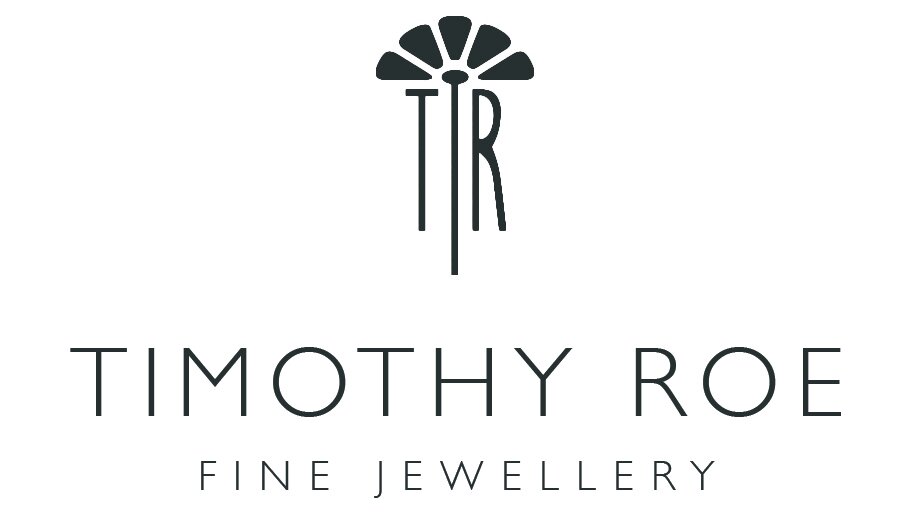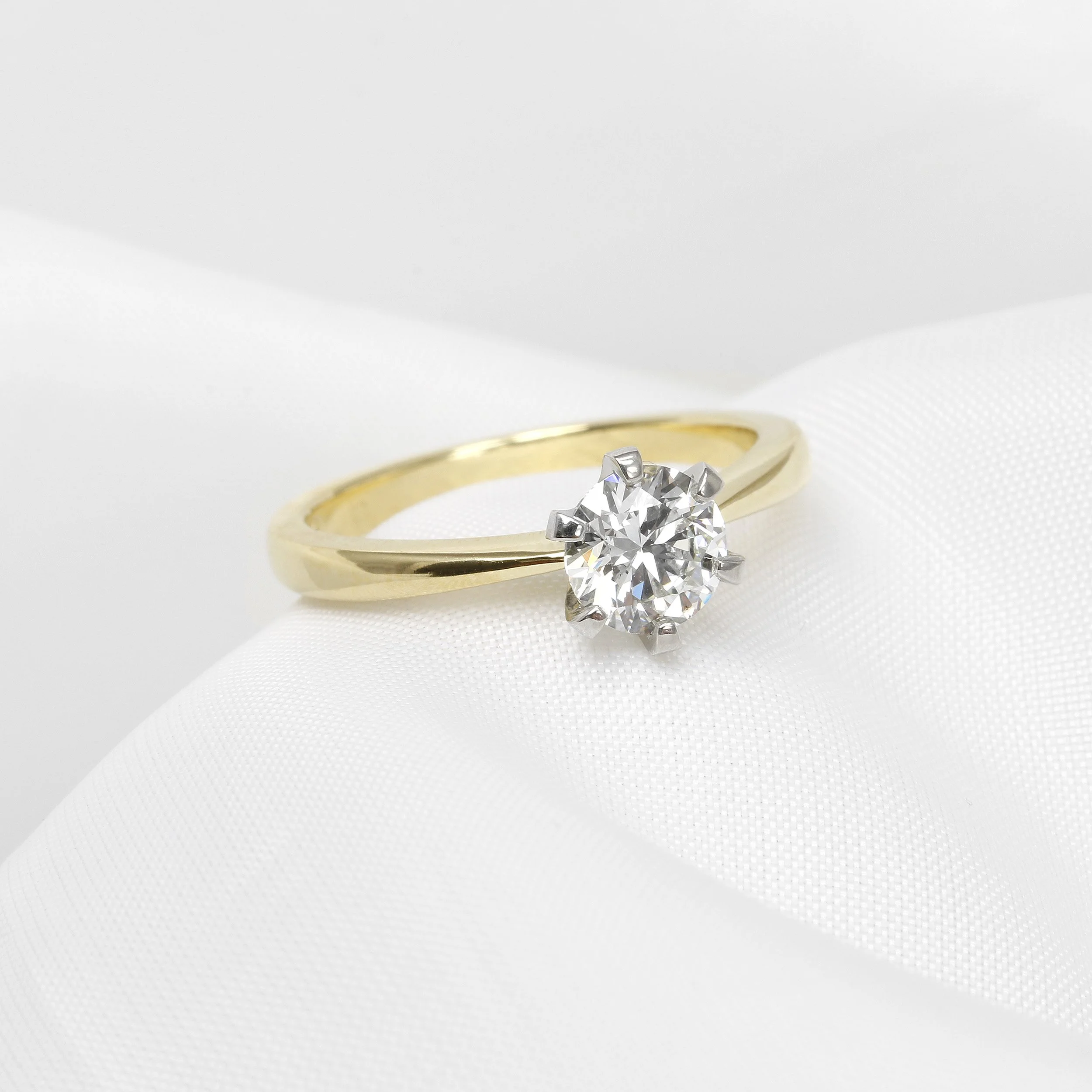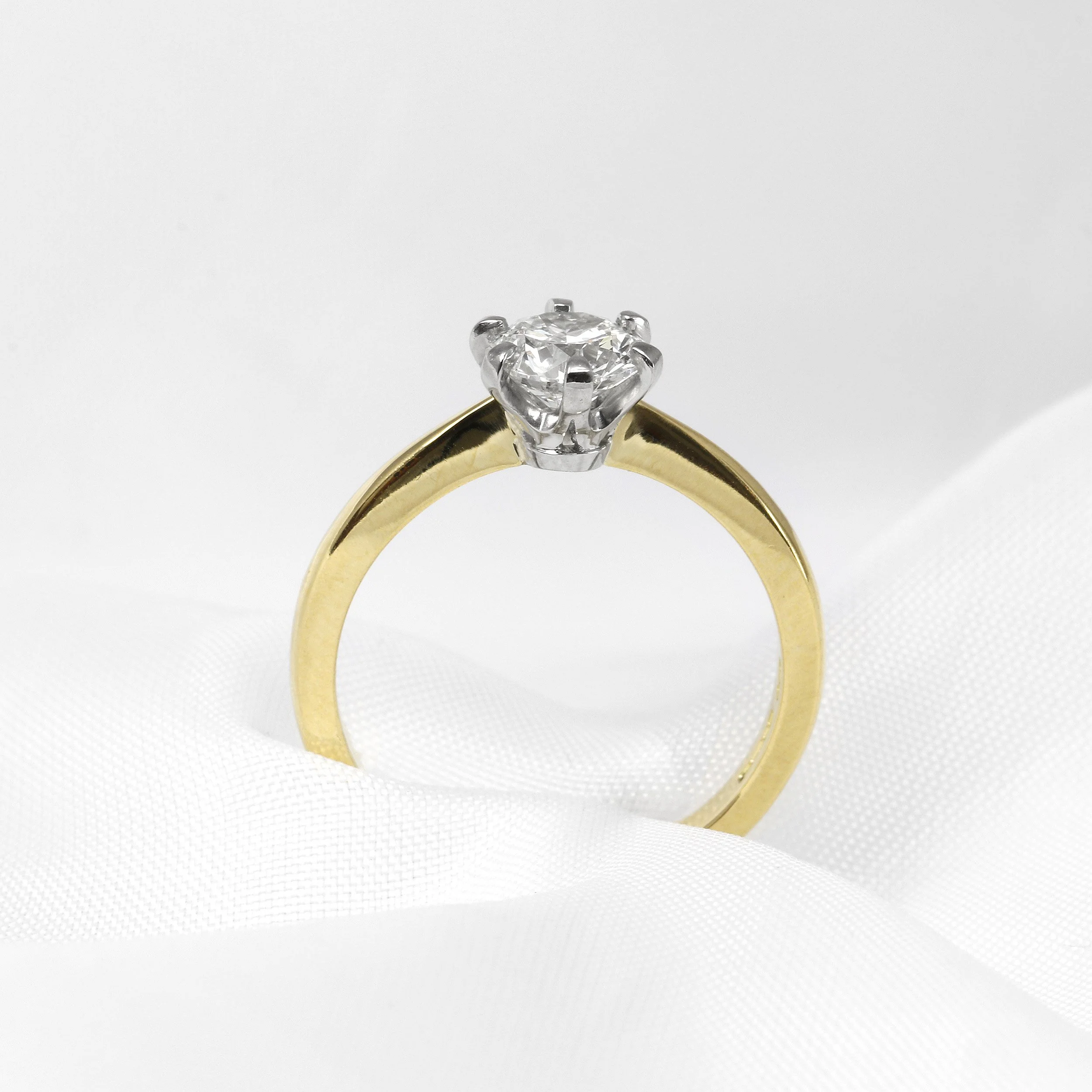How Often Do Claws Need Re-tipping?
Beads, hearts, talons, the standard … claws or prongs (American) come in various styles and sizes and hold the most important part of our jewellery in place: the stones. We often take these little security features for granted and don’t pay them as much attention as we probably should. It is only once a stone is missing that we realise the claws are worn or broken.
When it comes to jewellery maintenance and repairs you really need to ask yourself how active am I? How often do I wear my jewellery and how old is the piece in question?
If you bought a ring and only wear it on high days and holidays then you probably wouldn’t need to do very much to it but for precious pieces like engagement and wedding rings that are worn daily and rarely taken off extra care, regular cleaning and repairs may be needed more often.
Precious metals are inherently soft compared to many of the materials we encounter in daily life. The claws on a ring are a careful balance of form and function, made thick and tall enough to hold stones securely, but not so heavy that they compromise the design. Jewellery, after all, is created to be worn and admired.
Jewellery is made of precious metals and they are soft which allows them to be molded, formed and hammered into styles and designs but because they are soft, they will accrue marks and signs of wear and tear more easily. Over the years they will take many knocks, bumps, scratches and dents but the good news is most of these can be polished and buffed out. Even broken or split shanks and mounts can be restored or remade.
Claws are more vulnerable on rings but if you wear claw set stones on any of your jewellery it is always best to have them checked every 6 months to a year if you wear them daily or every couple of years if they are worn occasionally. Some diamond pieces need re-tipping every 5 years others may be longer, some pieces could be a couple of years depending on your lifestyle and how, when and where you are wearing the item.
In modern life, many of us wear our jewellery almost constantly. Over the years, those claws will naturally experience wear, how much depends entirely on how the piece is worn.
Think of it like tires on a car. Over five years, one car might only be used for short trips to the supermarket, those tyres may still look nearly new. Another car might clock up thousands of motorway miles and need replacing more than once in the same time. Both cars are the same age, but not the same mileage.
And of course, the road surface matters too. A car driven mostly on smooth tarmac will fare far better than one regularly taken off-road. In the same way, a ring worn in gentle day-to-day use will wear differently from one worn during chores, gardening, DIY, gym sessions, or manual work.
If a customer wants claws to last longer, we can make them heavier and taller, though this will alter the look of the ring , thicker tyre tread means more durability but less finesse. The other option is to reduce the “mileage” or “terrain”: wear the ring less often or avoid harsher environments.
What we can’t change are the inherent physical properties of the metal, precious metals will always have the same hardness, no matter the design.
In short, there are three factors at play. We can control the design, the thickness, height, and shape of the claws, balancing strength and appearance. The customer controls how the ring is worn and cared for: how often, in what situations, and on what “terrain.” What neither of us can change are the fundamental physical properties of the metal itself; gold, platinum, or palladium alloys will always have their natural hardness and limitations.
Worn claws on a customer’s diamond ring. Notice how they are flat, thin and no longer round beaded.
There is only so much claws can take before they need repairing or replacing altogether. Claws can catch on clothing and hair and can be pulled as well as being knocked accidentally and the claws are ultimately the things that are keeping your stones in place so are an important part of the setting. If you wear claw set rings stacked against one another you should also expect the collet and sides of the claws to wear down more rapidly. Quite often on multi-stone rings it is the claws on the outside stones that will wear down first due to being more vulnerable on the edges. The centre stones usually are more protected.
There are different factors that can affect the longevity of the claws such as:
1. Wear and tear
2. The type of metal especially as silver and gold are softer than platinum
3. Your activities and lifestyle because sports, working out, lifting weights, gardening, or manual household chores, cooking and washing up, gardening, going to concerts (ultimately clapping where rings are hitting against each other) and certain professions will all affect how quickly the claws wear down and generally how much repair work will be needed.
Worn claws in need of re-tipping on a customer’s diamond ring. The top on some of the claws are missing, having been sheared off or worn down. They are thin and flat making them brittle.
If you find your rings, tennis bracelets or claw set jewellery are catching on clothes, snagging or have threads or ‘fluff’ caught on them it could be due to the claws either becoming raised, they have lifted or moved or they have worn down in places and are rough. If you have a soft polishing cloth at home you can gently press down on the claws with the cloth to see if there is any movement. There should be enough tension to hold the stone in place and nothing should be moving. Sometimes just some professional tightening from a jeweller will fix any slight movements but other times it needs more work.
After re-tipping our customer’s ring looks like new and the diamond is secure
Whether you have your claws re-tipped or remade completely will depend on the damage and wear and gemstone and any professional jeweller will be able to advise you on the best option. Rebuilding the claw (re-tipping) does not cost as much as re-clawing but if the claw has sheared off completely then the whole claw will need to be replaced. Jewellers charge per claw but offer discounts for doing multiple claws so it is always worth getting more of them done in one go. This will also help the overall aesthetic to be consistent and uniform and usually when one claw needs doing, the others will follow soon after so you may as well get them all done at once so you only need to leave your treasured ring once for repairs.
As a general rule: Diamonds can be retipped and reclawed but all other gemstones can only be reclawed; due to their softer composition they cannot be retipped.
Regular maintenance and inspection of jewellery can help detect any signs of wear or damage to the claws early, potentially reducing the need for extensive re-tipping. We always advise coming in to see us for a regular annual clean, polish and stone check for your jewellery to ensure your jewellery is in perfect condition and so we can get ahead of any potential issues before they happen. We can always source a new stone to replace it if it has fallen out but we want to avoid losing stones and broken stones in the first place by making sure the claws are in tact and holding your precious gems securely.






